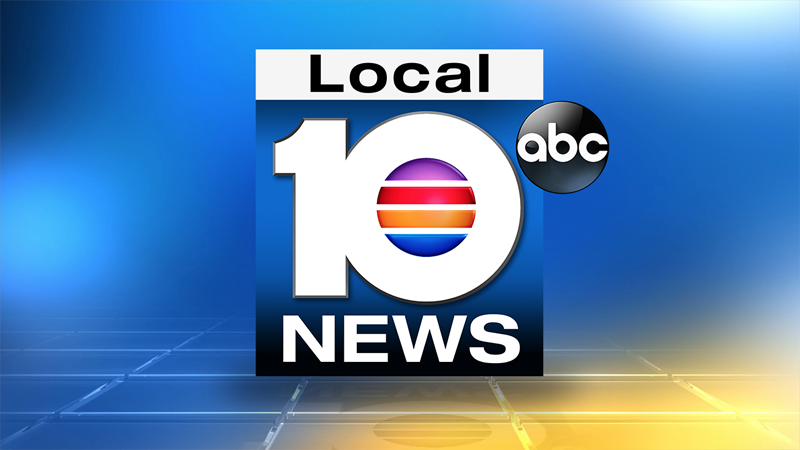PARKLAND, Fla. – When two teenagers slaughtered 12 students and a teacher at Columbine High School in Colorado 19 years ago, young people across the country learned the news the old-fashioned way: largely on television and in newspapers. It took days, if not weeks, to process the information and discover the full, horrific story.
When a gunman killed 17 people at a Florida high school last week, youngsters around the globe watched the terrifying images and accounts unfold almost in real time. By the end of the day on Feb. 14, children with social media knew the name of the suspect, learned which classrooms the students were in and, in some cases, saw videos of the dead.
Recommended Videos
“My school is being shot up and I am locked inside. I’m f------ scared right now,” wrote one teen on Twitter.
The tragedy at Marjory Stoneman Douglas High appears to be the first major school shooting of the social media age in which students shared the shocking images in near-real time with young people elsewhere.
Experts say the images have the potential to scar kids watching from afar, potentially triggering post-traumatic stress and perhaps numbing them to the violence and causing them to fall into apathy. But the scenes might also galvanize a generation and lead young people to press for change on the political level.
Amy Kohli, a junior at South Broward High School who watched the videos posted from inside Stoneman Douglas, said she believes they helped bring urgency and perspective.
“It becomes so personal because you think ‘It could’ve been me,’” the 16-year-old said, standing amid other gun safety demonstrators in front of the federal courthouse in Fort Lauderdale.
She added: “It can allow people to see. If they see the blood, they see the real story. What actually happened in reality. Maybe, maybe it’ll help.”
Already, young people are demanding action. On Tuesday, 100 Stoneman Douglas students headed for Florida’s capital to urge lawmakers to prevent a repeat of the massacre. Also Tuesday, dozens of students at a high school in Boca Raton walked out of class. On Monday, teens protested at the White House and in Los Angeles, and a student march on Washington to press for tighter gun control is planned for next month.
Seventeen-year-old Nicole Burmeister, who attends a high school a 20-minute drive from Stoneman Douglas, said students in a group chat she is on started posting the videos as the news was unfolding. She struggled with whether watching the footage was the right thing to do.
“They showed the gunshots one right after the other, and then the kids screaming and everything. That one I could sort of watch, but then the next one they showed a body, someone’s body on the ground in a puddle of blood,” she said. “It felt wrong to watch that.”
Still, she said: “I understand people kind of have to take videos like this to shock people. Like really show them how gruesome and how disgusting — the evil that went on this way.”
Carina Viera, a senior at Stoneman Douglas, wasn’t in one of the attacked classrooms but saw a graphic video posted by another student. She and her friends scrutinized it, wondering if one of the victims was a friend. The person wasn’t. She wondered whether seeing the horror on a phone screen was a good thing overall.
“There’s also the danger of letting people get too used to it,” she said. “People also sharing on Snapchat with those captions like with emojis. It makes it seem like, not a joke, but makes it seem a lot less serious than it actually is.”
Elisabeth Middleton, an adolescent psychologist in Austin, Texas, who is on the board of the Texas Psychological Association, said there are obvious psychological downsides to exposing youngsters to this.
“It is too much too soon for these kinds of kids. At this age, they’re not prepared to deal with these kinds of events,” she said. “On the other hand, it gives them something to bond around. It’s great that they’re speaking out and trying to hold the political candidates accountable.”
Middleton saw a teenage patient in the days after the shooting, and they talked about her feelings after seeing the story on social media and the news.
“She feels like it could happen and you just have to kind of accept that. And I don’t think that’s something that kids have thought until recently. That it could happen to them. There’s kind of a numbness to it,” Middleton said, adding that social media can exacerbate that feeling for a lot of kids.

